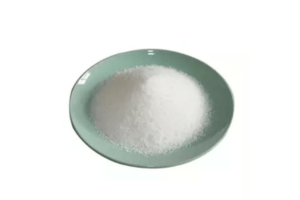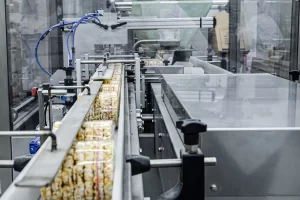Sodium Carboxymethyl Cellulose (Na-CMC) is a water-soluble derivative of cellulose widely used in various industries due to its thickening, stabilizing, and emulsifying properties. Dissolving Na-CMC properly is crucial to harness its full potential. The process of dissolving Na-CMC involves several critical steps and considerations to ensure a smooth, homogenous solution without lumps or inconsistencies.
Preparatory Steps
- Selection of the Right Grade: Na-CMC comes in different grades, each with varying degrees of substitution and molecular weights. These factors influence its solubility and viscosity. Selecting the appropriate grade based on the intended application is essential.
- Measuring and Handling: Accurately measure the required amount of Na-CMC. Handling should be done in an environment with controlled humidity, as Na-CMC can absorb moisture from the air, which can complicate the dissolution process.
Dissolution Process
- Using Cold Water: Begin with cold or room temperature water. Hot water can cause the outer layer of Na-CMC particles to gelatinize quickly, forming lumps that trap unhydrated powder inside, hindering complete dissolution.
- Slow Addition and Stirring: Gradually sprinkle the Na-CMC powder into the water while continuously stirring. This slow addition prevents the formation of lumps by giving each particle enough space and time to interact with water.
- High-Shear Mixing: Utilizing a high-shear mixer can significantly enhance the dissolution process. It disperses the particles more efficiently, reducing lump formation and hydration time.
- Avoiding Overcrowding: Do not add too much powder at once. Overcrowding the surface of the water with powder can lead to undissolved lumps. It’s advisable to add Na-CMC in a thin, even stream.
- Sufficient Hydration Time: Na-CMC requires adequate time to fully hydrate and dissolve. This process can take anywhere from a few minutes to several hours, depending on the grade and concentration.
Troubleshooting Common Issues
- Lump Formation: If lumps form, additional stirring and possibly a longer hydration time are required. In some cases, passing the solution through a fine mesh can help remove undissolved lumps.
- Viscosity Adjustments: If the solution is too viscous or too thin, adjust the concentration of Na-CMC accordingly. This might involve either adding more Na-CMC or diluting the solution with more water.
- pH Adjustment: The pH of the solution can affect the solubility and viscosity of Na-CMC. Adjusting the pH to the optimal range for the specific grade of Na-CMC being used can improve its solubility.
Post-Dissolution Steps
- Deaeration: Removing entrapped air through vacuum deaeration or letting the solution stand for a period can result in a clearer solution, particularly important in applications where clarity is a key quality parameter.
- Storage: Store the solution in a cool, dry place, away from direct sunlight. Na-CMC solutions can degrade over time, so it’s advisable to use them within a reasonable period.
- Quality Control: Always check the solution for consistency, viscosity, and clarity to ensure it meets the required specifications for its intended use.
Conclusion
Dissolving Sodium Carboxymethyl Cellulose efficiently requires attention to detail, particularly in terms of the water temperature, method of addition, stirring speed, and time allowed for complete hydration. Understanding these steps and adapting them as per the specific requirements of the application ensures that the full benefits of Na-CMC are realized in the final product, whether it’s in food, pharmaceuticals, personal care, or any other industry.





